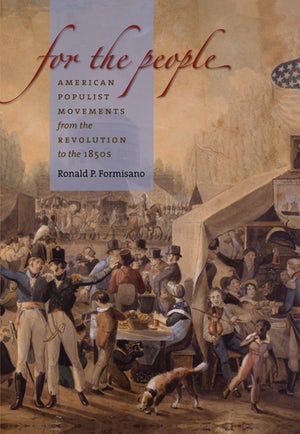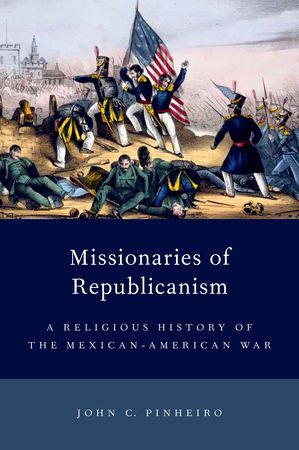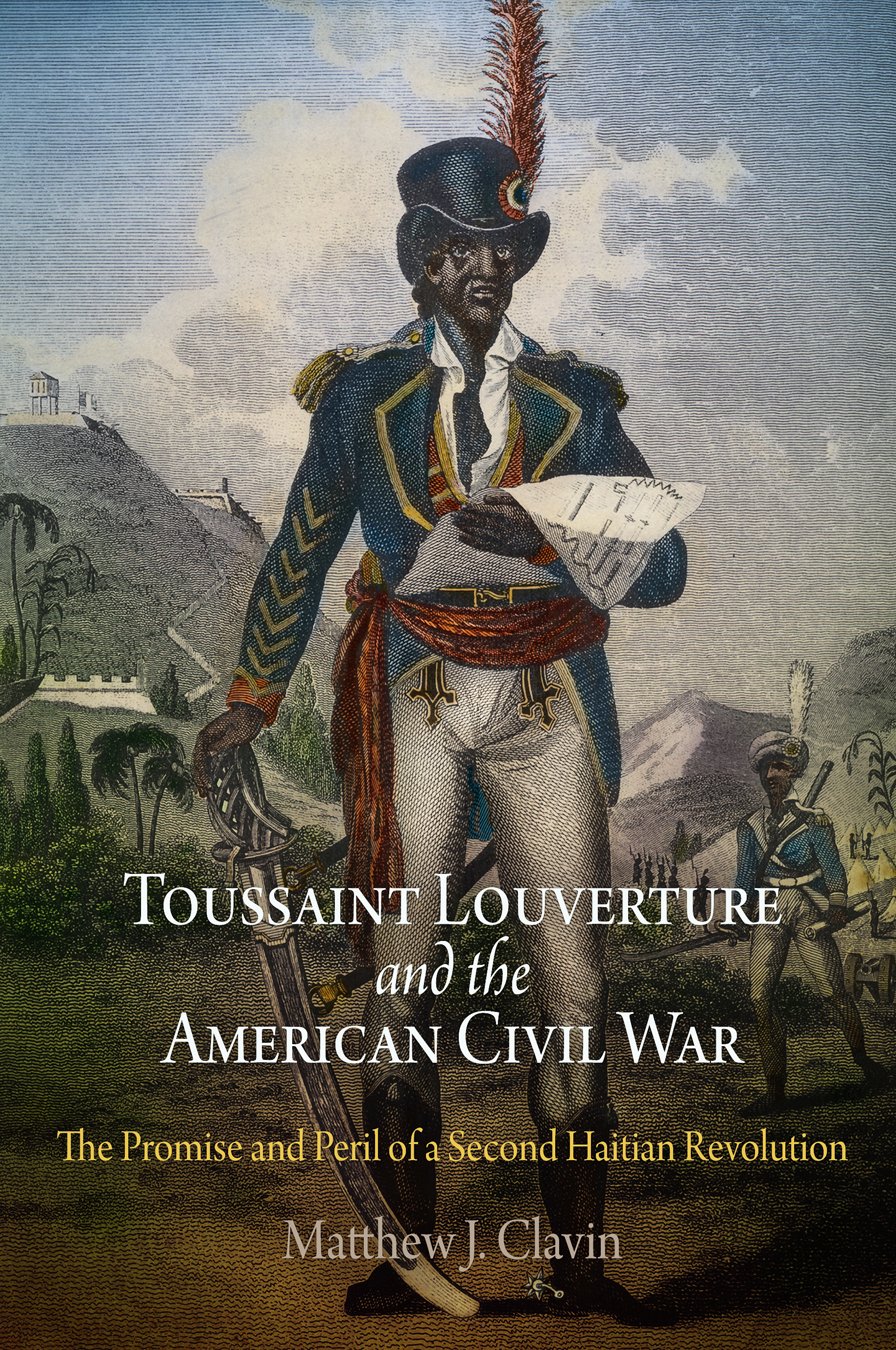Historians have long believed that James Madison recorded his famous Notes of Debates in the Federal Convention of 1787 to preserve for posterity the process of drafting the U.S. Constitution. According to the well-known story, Madison—who never missed a session of the convention—meticulously took down the proceedings in shorthand by day, and then scrupulously copied them out longhand by night. And while some suggest that Madison may have doctored his Notes later in life to make himself look good, others point out that any post-convention tinkering failed to hide his stubbornness and his many defeats that summer. In Madison’s Hand, Mary Sarah Bilder, professor of law and Michael and Helen Lee Distinguished Scholar at Boston College Law School, turns this conventional wisdom completely on its head. She argues instead that Madison originally wrote his Notes not for posterity, but as a “legislative diary” for future reference for himself and for Thomas Jefferson (19). Bilder further maintains that Madison wrote the final third of the Notes not in the summer of 1787, but later, between 1789 and 1797. Finally, Bilder claims that Madison substantially altered the Notes later in life by changing or replacing speeches (especially his own) and by adding material from the official Convention Journal, from the notes of other delegates, and even from printed sources. So mutilated did his Notes become, concludes Bilder, that even Madison himself eventually realized that he had lost forever the original convention proceedings of 1787.
Prior to the 1787 convention, Madison became convinced that the powers of the federal government needed to be expanded at the expense of the states. Poorly designed state governments, Madison believed, led to tyranny by the majority within the states, and prevented the federal government from pursuing national interests. He hoped to solve these problems by replacing the Articles of Confederation with a national government in which representation would be based on state population, and which would empower the federal legislature to strike down state laws.
Bilder places Madison’s decision to record the convention proceedings into historical context. While a member of the Confederation Congress, Madison took notes in the form of a “legislative diary” as a personal reference and for the purpose of “sharing intelligence” with fellow Virginians, especially Jefferson (22). Rather than recording everything, Madison, according to Bilder, selectively took down in a gossipy style only those events that interested him. Bilder believes that Madison followed a similar practice in the opening days of the convention. For the first few days of the gathering, he wrote his Notes from memory after the sessions had ended. Only around day four of the Convention did he begin taking rough notes during the sessions and transcribing them after hours. Rather than transcribing his rough notes at the end of each day, writes Bilder, he instead wrote them out twice weekly, typically on Tuesdays or Wednesdays and Sundays.
The first part of the convention went well for Madison, with the delegates basing representation in both houses of Congress on state population. Late in June, the small states asserted themselves, demanding equal state representation in Congress. To protect the interests of Virginia, Bilder shows that Madison countered the small states by proposing that representation in one house of Congress be based on each state’s free population, and the other house be based on each state’s entire population, including slaves. In mid-July Madison suffered two stinging defeats: The convention decided that the states would be equally represented in the U.S. Senate, and it rejected the congressional veto. Bilder explains that these defeats left Madison angry and frustrated.
In August, as the delegates turned their attention to fine-tuning the Constitution, Madison took on a new and more constructive role. Bilder suggests that his skill with language helped him to identify wording that would satisfy both sides of a dispute. Recognizing Madison’s importance, the delegates placed him on three crucial committees late in the convention that dealt with slavery, the election of the executive, and the style of the final draft. Bilder contends that as Madison’s role in the convention changed, so too did his Notes. The more engaged in the proceeding he became, the more his Notes deteriorated. The rough notes Madison recorded during the sessions increasingly consisted of brief summaries, incomplete sentences, and abbreviations. After August 21, writes Bilder, the Notes collapsed entirely, because Madison no longer had the time to write out his rough notes in longhand between sessions.
After the close of the convention, Madison busied himself with writing the Federalist, attending the Virginia Ratification Convention, running for Congress, and drafting the Bill of Rights. Not until the fall of 1789 was he able to write out the rough notes from August 21 to the close of the convention. Thomas Jefferson’s return from diplomatic service in France and his subsequent appointment as secretary of state, hypothesizes Bilder, inspired Madison to finish transcribing the rough notes. At the same time, Madison also went back and revised his earlier Notes in a variety of ways. He made revisions with cross outs and erasures. He fixed spelling mistakes and provided explanatory comments. He even rewrote some of his own speeches on new pages and inserted them in place of the original pages. Madison obtained access to the official Convention Journal and filled in details that he had originally neglected to record. In so doing, Bilder maintains, Madison changed the gossipy tone of the Notes to one of detachment. He also made the document much more complete, and much more dispassionate. Madison, in short, altered his Notes from a legislative dairy into a legislative record.
Bilder accuses Madison of revising his Notes with 20/20 hindsight. By 1790, Madison and Jefferson had become convinced that Treasury Secretary Alexander Hamilton sought to restore a British-style monarchy in America. Madison accordingly revised his own convention speeches to distance himself from the high-toned aristocratic government associated with Hamilton’s June 19 speech that favored the abolition of the states and a president and Senate for life. For example, Madison changed his speeches to minimize his attacks on the state governments, and downplayed his defense of the congressional veto, a powerful executive, and an aristocratic Senate that would protect the property interests of the rich. Bilder even suggests that the replacement speeches Madison composed added criticisms of slavery that Madison never really made during the convention.
Perhaps Bilder’s most explosive claim is that Madison devised his famous theory about the ability of a geographically extended republic to stifle majority tyranny not before the convention, but after it. Madison’s extended republic argument can be found in section eleven of his April 1787 memorandum “Vices of the Political System of the U.S.,” and in speeches delivered at the convention during June. Bilder contends that Madison later rewrote section eleven of his “Vices” essay, as well as his June speeches, to include the extended republic argument, which he did not formulate until the writing of Federalist no. 10 late in 1787. Bilder points out that at the time Madison gave those speeches, he relied exclusively on structural features that he hoped to insert into the Constitution, especially the congressional veto, to subdue majority factions. She also claims that other note takers did not record Madison making the extended republic argument during the convention. Bilder believes that two or more years later, Madison substituted in the Notes new speeches that contained the less controversial extended republic argument in place of the original speeches calling for structural features that were eventually rejected by the convention. In retirement, Bilder insists, Madison continued to tinker with his Notes. In particular, he made them consistent with the notes left behind by other convention delegates.
Some of Bilder’s claims are sound (Madison did not transcribe the rough notes after August 21 until two years later), but others are dubious because they are based on little or no evidence (Madison only transcribed his rough notes twice a week). Some of her conclusions are wildly speculative (Madison misspelled Charles Pinckney’s name “Pinkney” to poke fun at the South Carolinian, whom he disliked). Bilder invariably—and perversely—attributes the worst possible motives to Madison (especially that he falsified the historical record) and even to Dolley Madison (forgery). This book unfairly casts doubt on the credibility of Madison’s Notes, our best source on the convention.
Bilder’s Madison is obsessed with clearing away inconsistencies in his political record, and making sure that other sources did not contradict his Notes. Did Madison later doctor the record to appear politically consistent across his career, or did he make minor edits to clarify his positions to avoid the appearance of inconsistency? Bilder sides with the former view. Most recent scholarship on Madison, in contrast, sides with the latter view. In particular, Lance Banning argues that a tendency to falsely overstate Madison’s nationalism in the 1780s makes it look as if he flip-flopped into a states’ rights backer in the 1790s, when in fact he steadily sought proper federal-state balance. Drew McCoy sees similar consistency in Madison’s positions over time on internal improvements, a national bank, and nullification. Given Madison’s frustration during his career with those who either willfully or inadvertently distorted his positions, it seems much more likely that his motive in revising his Notes was to clarify his views at the 1787 convention than it was to revise them.
This article originally appeared in issue 16.4 (September, 2016).
Stuart Leibiger is professor of history and History Department chair at La Salle University. He is author of Founding Friendship: George Washington, James Madison, and the Creation of the American Republic (1999), and editor of A Companion to James Madison and James Monroe (2013).



















